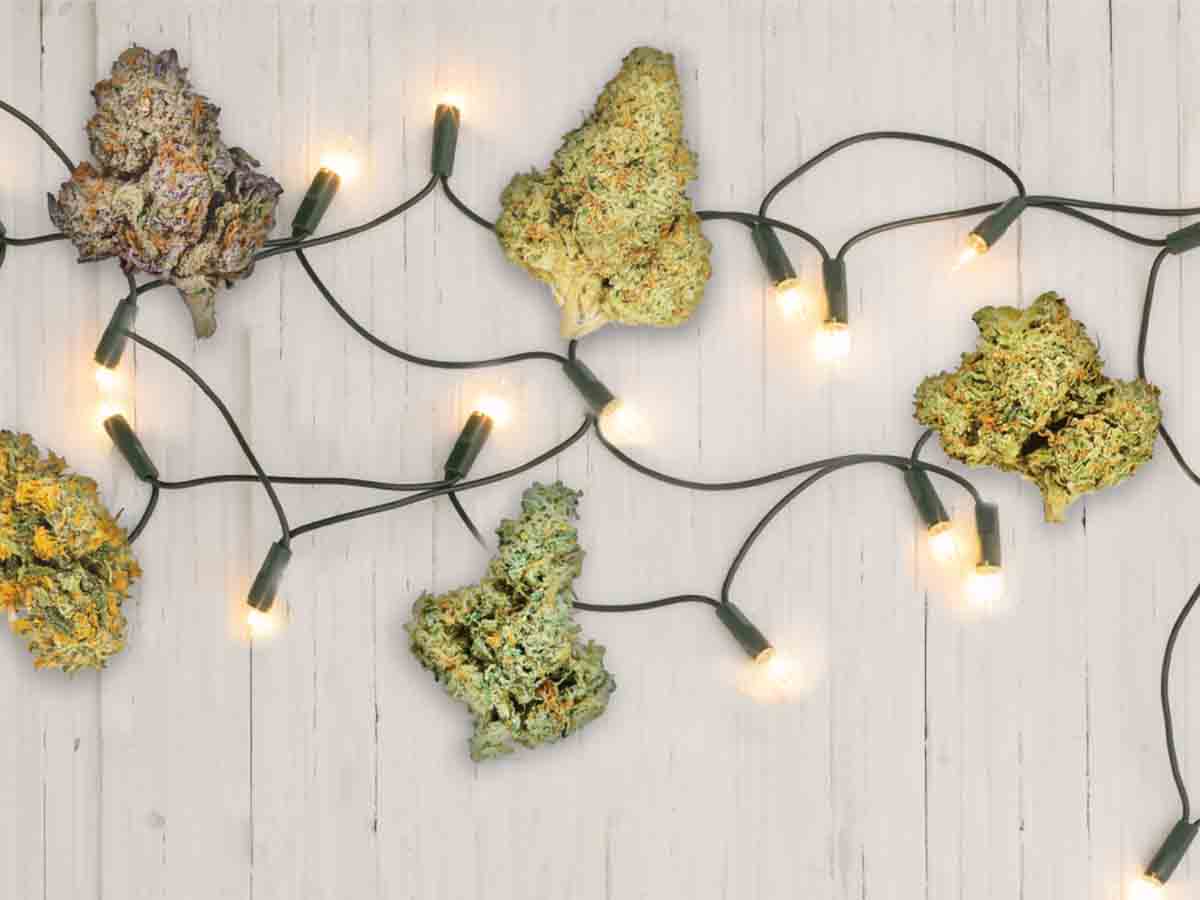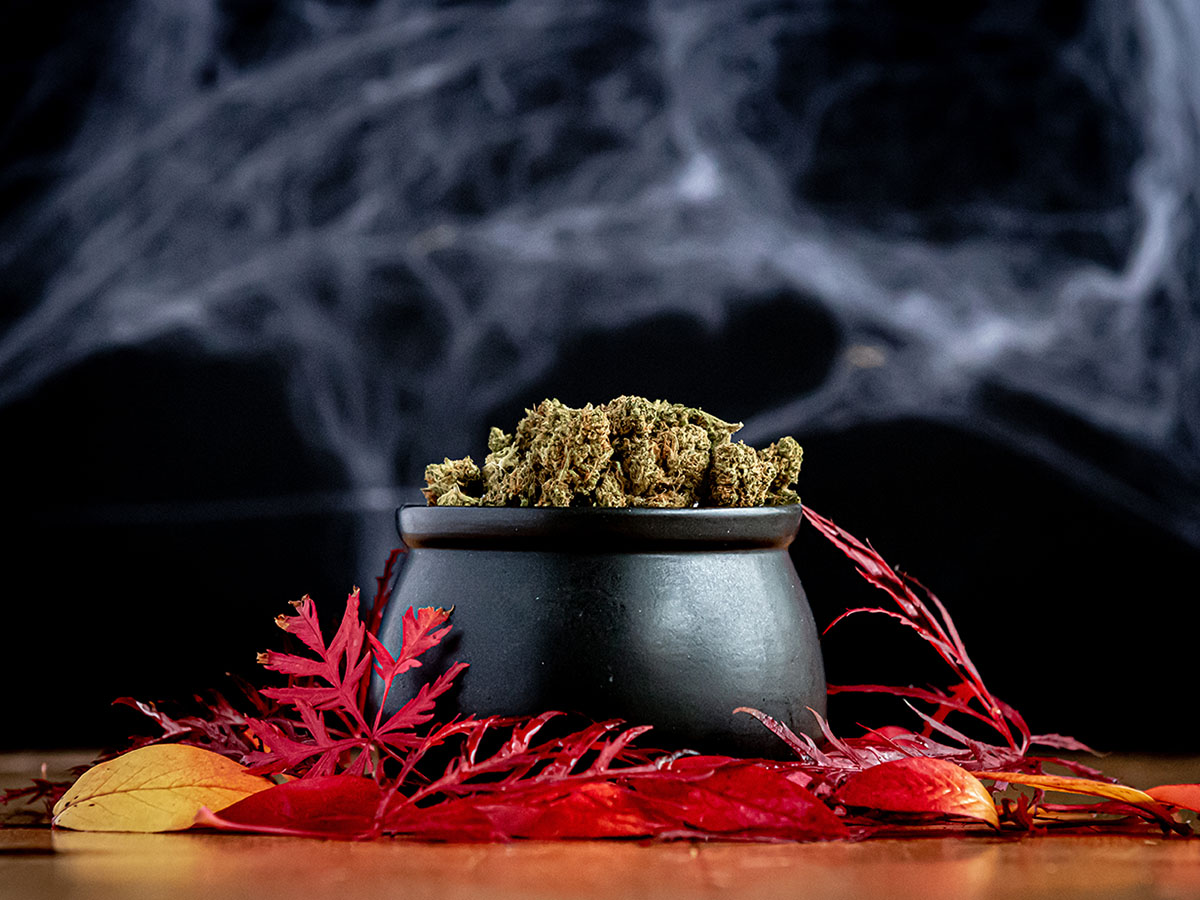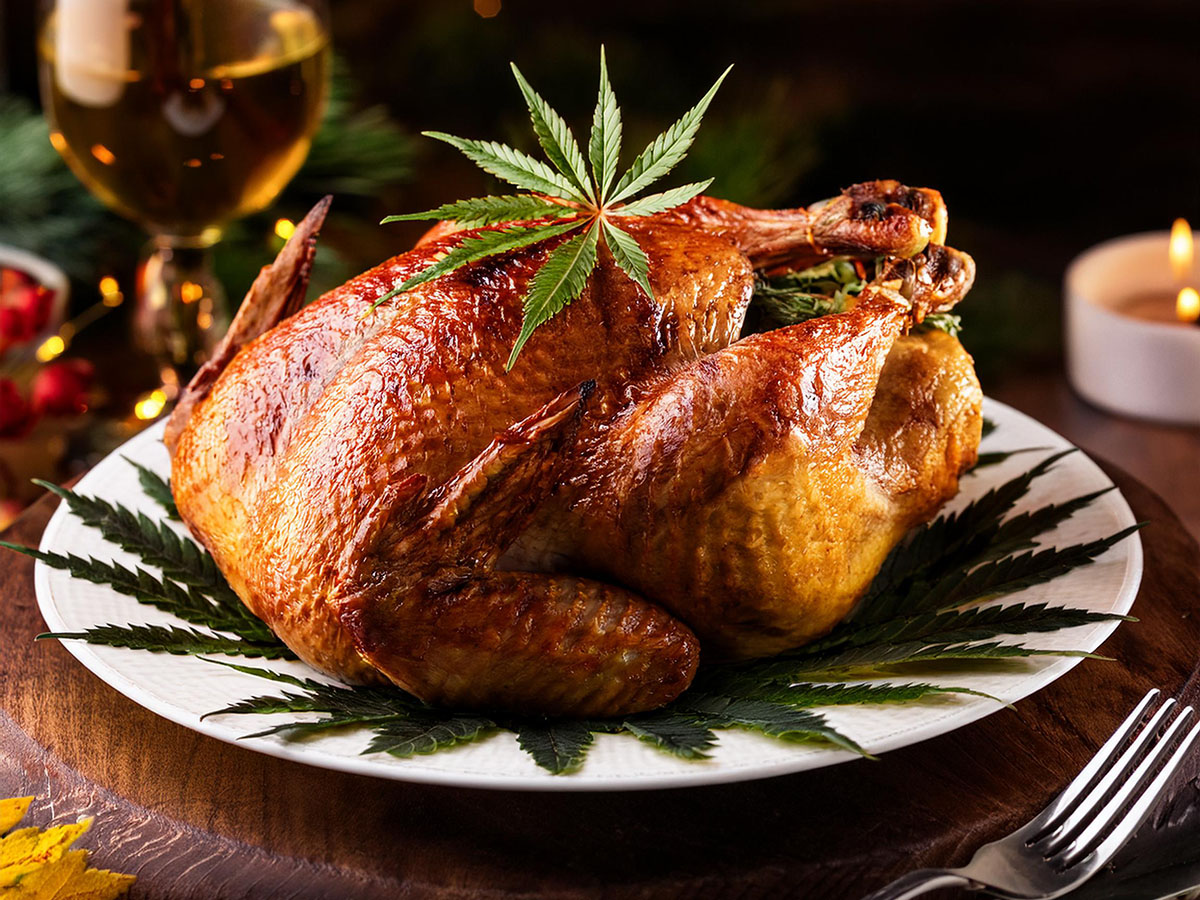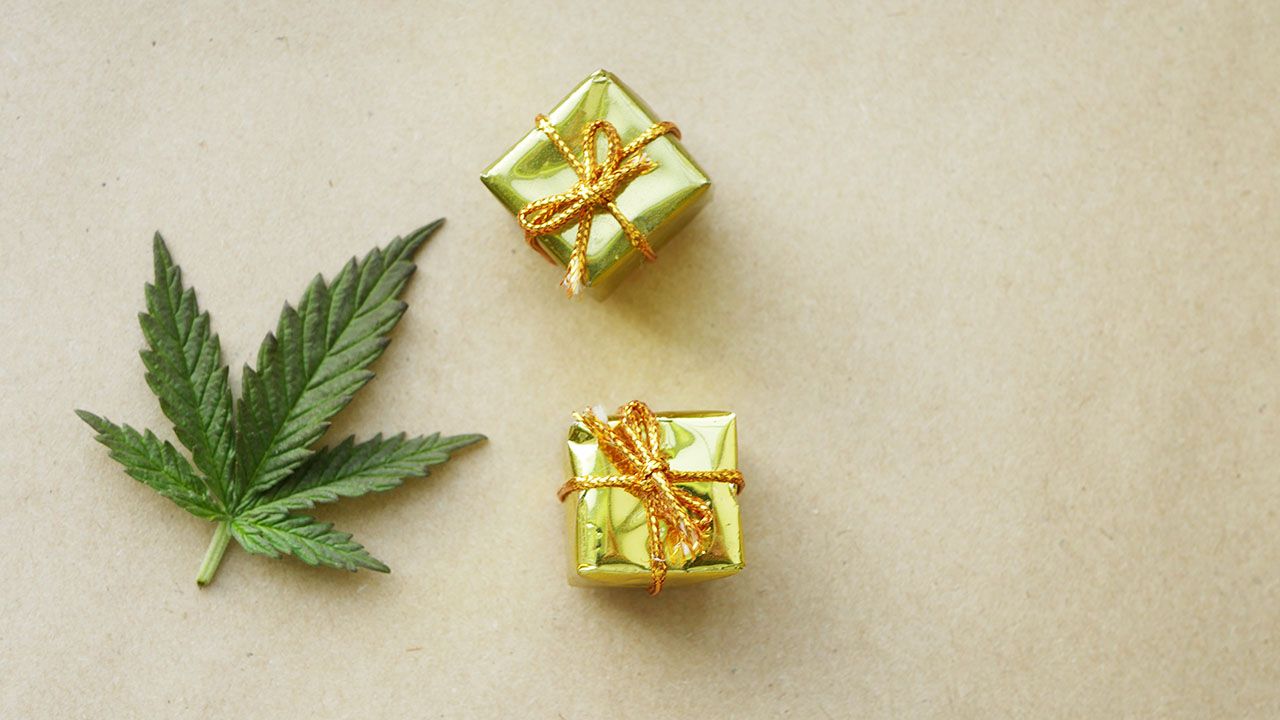
Best Gifts for Cannabis Enthusiasts
August 27, 2025
Are you looking for the perfect gift for the cannabis enthusiast in your life? Whether they’re into smoking, dabbing concentrates, or enjoying edibles, finding the right cannabis gifts can be a fun way to show how well you know them and how much you care. With so many options, knowing what they’ll truly appreciate is important.
Gifts for Flower Smokers
When it comes to cannabis, “flower” refers to the dried buds of the cannabis plant. Traditionally, flower is smoked, and it’s still the most common and classic way to consume cannabis. Cannassuers benefit from the full spectrum of the cannabinoids and terpenes. If the person you’re shopping for enjoys this timeless method, you’ve got plenty of thoughtful accessories to choose from to enhance their smoking experience:
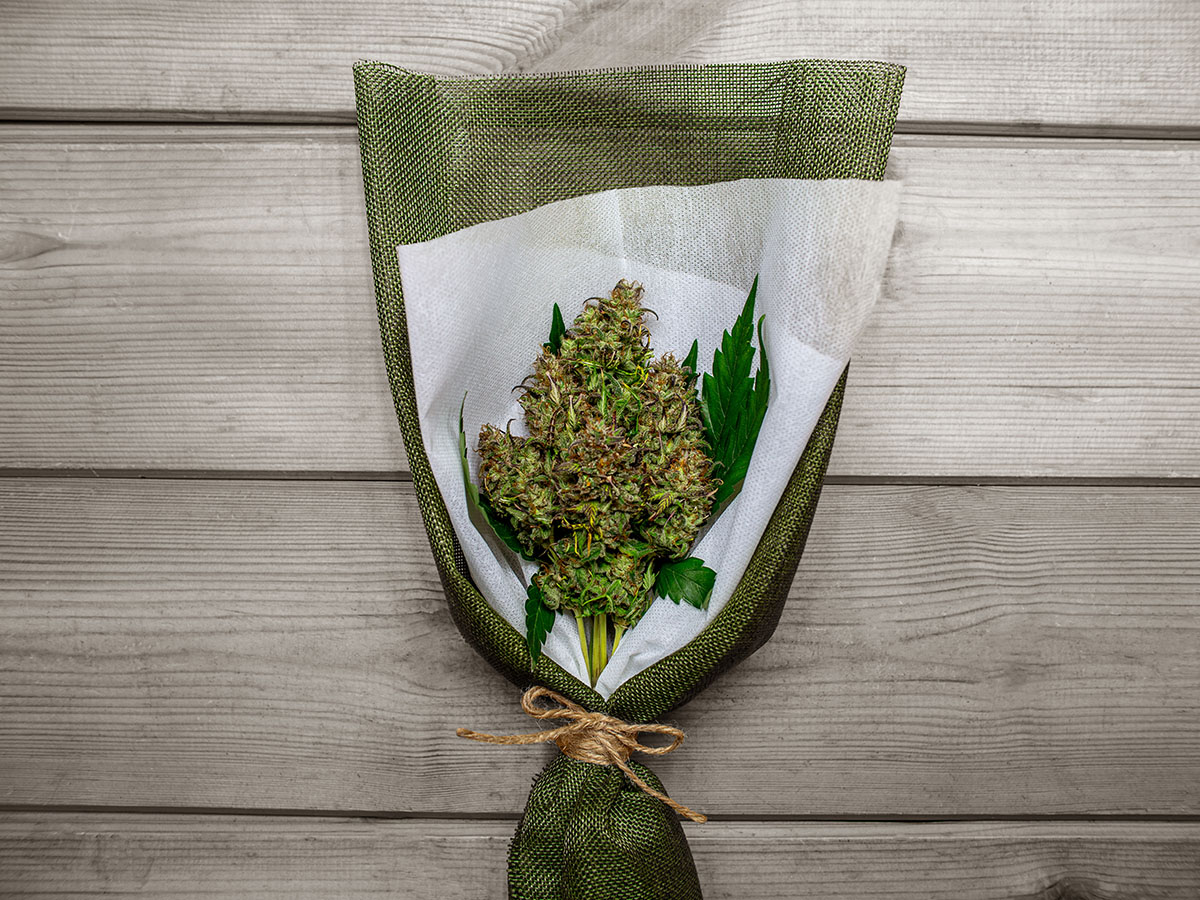
Bubbler
A bubbler is a portable water pipe that combines the ease of a hand pipe with the filtration benefits of a bong. Thanks to the water filtration, it’s easy to use and provides smoother, cooler hits compared to a regular pipe. It’s an excellent gift for smokers who love the ritual but want a smoother experience or are looking to upgrade their setup.
Joint Roller
If your loved one prefers to roll their own joints, a joint roller is an excellent gift. It’s a simple device that creates perfectly rolled joints every time, which is ideal for someone who enjoys convenience without sacrificing quality. A joint roller ensures a smooth and even experience, making it a thoughtful addition to any marijuana smoker’s toolkit.
Grinder
When it comes to smoking flower, a quality grinder is essential. Grinders help break down the flower evenly, which leads to better airflow and a more efficient burn. Look for high-quality grinders with multiple chambers, sharp teeth, and a kief-catching mesh screen—they’ll last for years and can be used often, making this a thoughtful and practical gift.
Gifts for Concentrate Smokers
For those who prefer to dab concentrates or other cannabis extracts, consider gifts that cater to their specific smoking style. Concentrates require specialized equipment, but the options are endless once you know what to look for.
Cannabis concentrates are potent products made by extracting cannabinoids and terpenes, leaving behind excess plant material. These concentrated forms of cannabis contain a much higher percentage of cannabinoids than traditional flower, making them perfect for those who want a more intense experience. Concentrates come in various forms, such as wax, shatter, crumble, and sugar.
Here are some must-haves for concentrate enthusiasts:
Torch
A torch is essential for anyone who enjoys dabbing. While it might not seem like an exciting gift at first, it’s one of the most important tools for dabbers. Torches are used to heat the dab rig nail, and without one, the dabbing process just doesn’t work. So look for a torch (electric or a culinary butane one) that’s reliable and easy to use. And don’t forget to add a stash of butane to make this gift even more thoughtful!
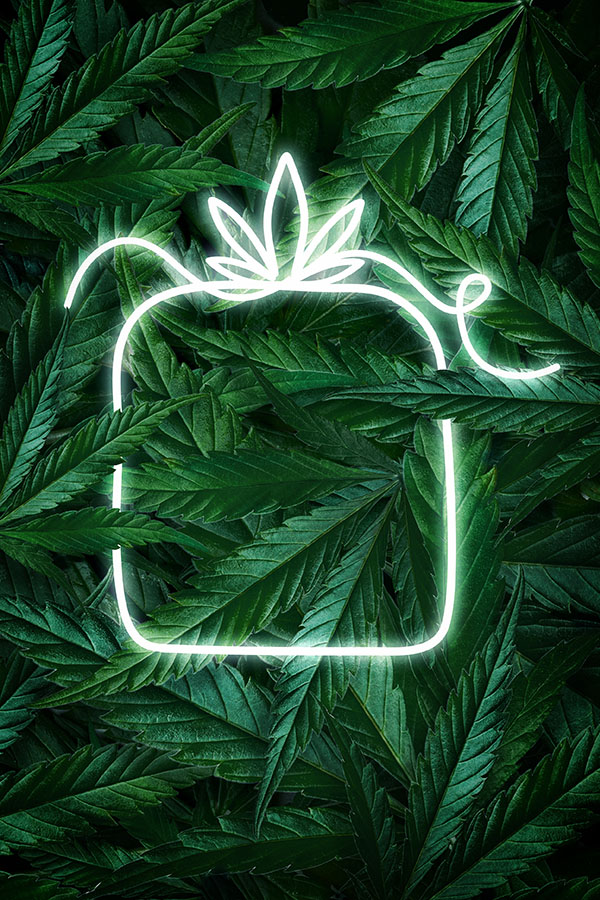
Dab Mat
A dab mat helps keep the dabbing setup clean and protects the rig from spills and heat. It’s often made from silicone (or any other non-stick material), making it easy to clean and heat-resistant. While it’s a small gift, it’s super practical.
Silicone Containers
Concentrates can get sticky (or they are), which is why silicone containers are so handy. These non-stick containers make storing and retrieving concentrates easy with an appropriate tool. And best of all, your loved one will appreciate that they don’t have to waste any product. Silicone containers come in a variety of fun shapes and sizes, making them a creative and useful gift option for the concentrate enthusiast in your life.
Gifts for Edibles Enthusiasts
If your person prefers consuming cannabis through edibles, there are some fantastic gifts that go beyond simply buying them infused brownies—or trying to make some by yourself! Edibles are a unique way to enjoy cannabis because they offer a longer-lasting and often more potent experience than smoking or vaping. From the traditional “space brownies” to cannabis butter (cannabutter) and infused beverages, edibles deliver cannabinoids through digestion.
If you’re shopping for someone who enjoys the culinary side of cannabis, these gifts can elevate their edible-making game or enhance their edible enjoyment. Here are the top edible accessory gifts to consider:
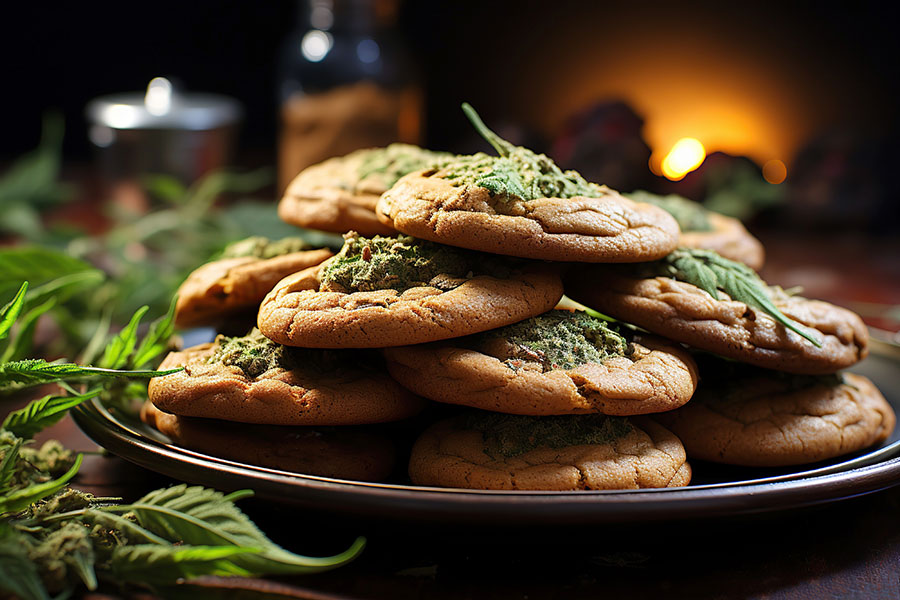
Decarboxylator
A decarboxylator is an invaluable kitchen tool for any edible enthusiast who enjoys making their own creations. It activates the cannabinoids in cannabis through a process called decarboxylation, which is essential to unlocking the plant’s full potency.
Without decarbing or heating, the cannabis won’t convert its inactive compounds, like THCA, into their active, psychoactive forms, like THC—meaning the edibles won’t produce the desired effects. Decarboxylation ensures that the cannabinoids are fully activated, delivering the intended potency and experience.
The decarboxylator takes the guesswork out of the process, ensuring the perfect temperature and time settings for optimal results. It’s the perfect tool to streamline preparation and guarantee potent, effective infusions every time.
Cannabutter Machine
Speaking of infusions, a cannabutter machine is another top gift for anyone who loves making cannabis-infused butter to use in their savory or sweet recipes. These machines streamline the process of creating infused butter or oils, which can be used to make brownies, cookies, sauces, and a variety of other treats. It’s the ideal gift for the cannabis connoisseur who loves cooking and experimenting with new recipes.
Stash Box
A stash box is a secure, discreet way to store dispensary-bought edibles and other cannabis products. It’s perfect if your loved ones like to keep their edibles organized and safe from curious kids or pets. Look for a stash box with added security and enough storage space, especially if the recipient tends to stock up on dispensary shopping trips.
Find the Best Cannabis Gifts
When you go shopping for holiday strains or cannabis gifts for the cannasseur in your life, you must consider the preferences of the person you’re buying for. Whether they enjoy flower, concentrates, or edibles, there are many accessory options to choose from. With a little thought and care, you can find the perfect gifts for cannabis enthusiasts this holiday season. Happy shopping!
Use of Marijuana Concentrate may lead to: Psychotic symptoms and/or Psychotic disorder (delusions, hallucinations, or difficulty distinguishing reality); Mental Health Symptoms/Problems; Cannabis Hyperemesis Syndrome (CHS) (uncontrolled and repetitive vomiting); Cannabis use disorder/dependence, including physical and psychological dependence. Please consume responsibly. This product may cause impairment and may be habit forming. There may be health risks associated with consumption of this product. State laws impact what dispensaries can and can’t sell to recreational customers and medical marijuana patients. Not every type of product, consumption method, dosage form, or potency mentioned on this blog will be permitted in all locations.
